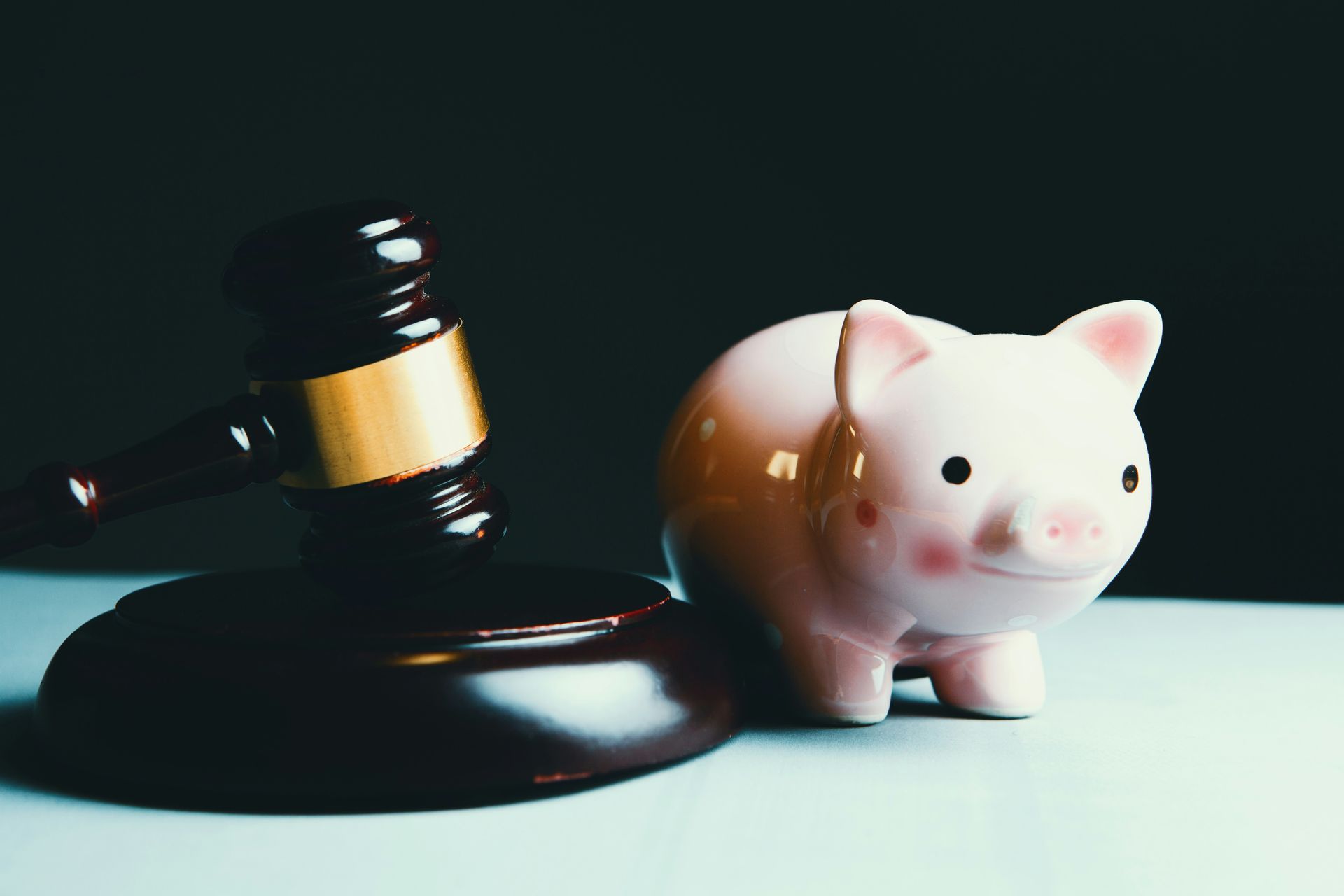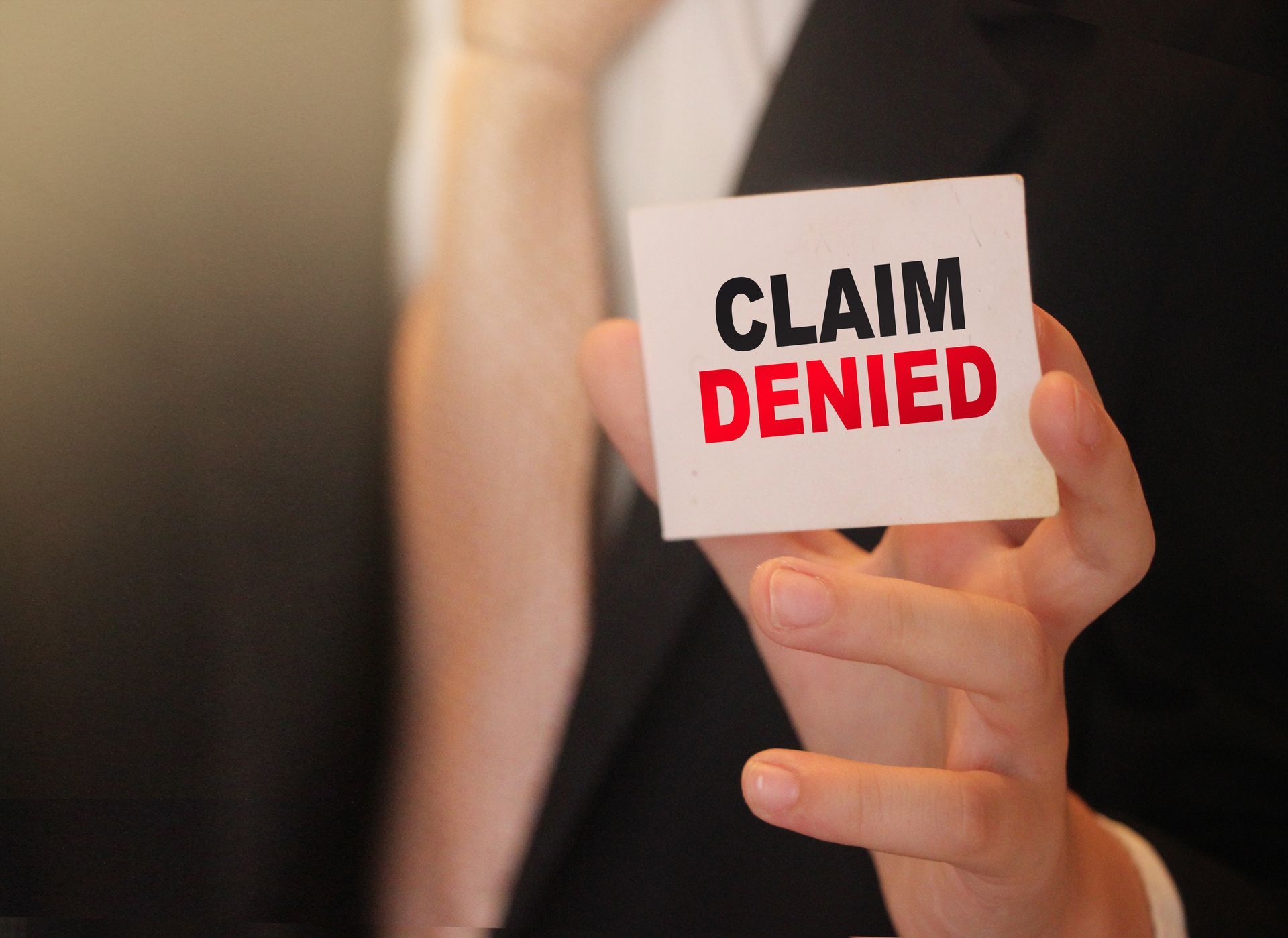Maximizing Workplace Safety: Programs and Tech Solutions
Ensuring safety at work is crucial for the well-being of employees and the smooth operation of any business. Various programs and technologies are available to help create safer workplaces. These solutions aim to prevent accidents, reduce risks, and protect workers from harm. By using effective safety programs and the latest tech tools, companies can create a safer environment, leading to happier, healthier employees and fewer disruptions.
Understanding Workplace Hazards
Workplace hazards are diverse and can affect employees' health and safety in various ways. Identifying and addressing them proactively is vital to creating a safer work environment. These hazards can be broadly categorized into physical, chemical, biological, ergonomic, and psychosocial types, each with distinct sources and potential impacts on workers.
Physical Hazards
These are the most recognizable and can include anything from slips, trips, and falls to hazards associated with construction sites like falling objects or machinery accidents. These hazards can cause immediate injuries and necessitate rigorous safety measures, including proper signage, housekeeping, and personal protective equipment (PPE).
Chemical Hazards
This involves exposure to harmful substances that can cause health issues ranging from skin irritations to more severe conditions like respiratory problems or cancer. Sources of chemical hazards include solvents, paints, gasses, and cleaning products. Implementing safety protocols such as proper ventilation, correct storage, and usage of PPE are crucial steps in mitigating these risks.
Biological Hazards
This can stem from working with or around living organisms or their products, like bacteria, viruses, and fungi. Workers in healthcare settings, laboratories, and outdoor occupations may be more exposed to these hazards. Protective measures include vaccinations, proper hygiene practices, and the use of appropriate PPE.
Ergonomic Hazards
It relates to the physical aspects of work that can lead to musculoskeletal injuries. Repetitive motions, improper workstation setup, and poor posture are common sources. Addressing ergonomic hazards involves adapting workstations to fit the user, providing ergonomic equipment, and promoting breaks and exercises to mitigate strain.
Psychosocial Hazards
These are perhaps the least visible but can significantly impact mental health and productivity. Factors such as workplace bullying, excessive workloads, and lack of control over work can lead to stress, burnout, and depression. Strategies to combat these hazards include promoting a positive work culture, offering support services, and ensuring workload management.
Early recognition of these hazards is instrumental in preventing workplace accidents and injuries. Employers and employees alike must be vigilant and proactive in identifying potential risks to ensure a safe and healthy work environment. Through education, training, and implementation of safety measures, businesses can effectively mitigate these hazards and safeguard their workforce.
Roles and Responsibilities for Safety
Maintaining a safe work environment is a shared responsibility that requires the involvement of both employers and employees. Employers must ensure that the workplace meets all safety standards and that employees have access to proper training on safety practices, including the handling of emergency situations and hazardous materials. Equally important is the provision of protective equipment and the maintenance of a clear system for reporting potential hazards without fear of retaliation.
Employees, on their part, must participate in safety training sessions, adhere to safety protocols, and use protective equipment correctly. They have the right to refuse work that appears unsafe and are encouraged to report any hazardous conditions they encounter. Together, these measures contribute to creating a culture of safety that significantly reduces the risk of workplace accidents and injuries.
Ergonomic Solutions in the Workplace
Ergonomic hazards, often overlooked, can lead to severe musculoskeletal disorders over time. Addressing these involves making modifications to the workplace that support the natural posture of the body. Simple ergonomic adjustments such as ensuring that desks and chairs support a neutral body position, encouraging regular breaks to prevent strain, and providing tools and equipment designed to minimize physical stress can have a profound impact on preventing injuries.
Hazardous Materials Management
Managing hazardous materials correctly is paramount to preventing accidents and ensuring employee safety. This process includes storing chemicals properly, clearly labeling them to indicate potential hazards, and implementing strict disposal protocols. Training employees on the safe handling of these materials and ensuring that they have and use the appropriate Personal Protective Equipment (PPE) is also crucial. These steps collectively ensure that employees are well-prepared to work safely with hazardous materials.
Emergency Response and Preparedness
An effective emergency response plan is a cornerstone of workplace safety. It ensures that in the event of an incident, the impact on health and safety is minimized. This plan should include regular emergency drills to familiarize employees with evacuation routes and procedures, easily accessible emergency exits, comprehensive first aid training, and clear communication channels for alerting employees to potential dangers. A well-practiced emergency response strategy can drastically improve the outcome of unexpected situations, preserving the well-being of employees.
Through diligent attention to these areas—safety roles and responsibilities, ergonomic solutions, hazardous material management, and emergency preparedness—workplaces can create a safer environment that protects employees from potential hazards and fosters a culture of safety that benefits everyone.
Implementing Safety Programs
A critical component in mitigating workplace hazards is the implementation of comprehensive safety programs. These programs serve as the blueprint for identifying, evaluating, and controlling risks in the workplace. An effective safety program starts with a commitment from all levels of the organization, emphasizing the value of every employee's well-being.
Key Components of an Effective Safety Program
Risk Assessment
Regular safety audits and risk assessments are essential to identify potential hazards. These assessments form the basis for all subsequent safety activities.
Employee Training
Ongoing safety training sessions for employees can significantly enhance their awareness and ability to manage risks. These sessions can cover everything from basic workplace safety principles to specific procedures for emergency situations.
Safety Committee
Establishing a safety committee is an excellent way to involve employees in safety initiatives actively. This committee can oversee the implementation of safety measures, suggest improvements, and serve as the liaison between the workforce and management.
Incident Reporting and Investigation
A streamlined process for reporting and investigating incidents helps identify why an incident occurred and how similar incidents can be prevented. Open communication about accidents and near-misses without fear of penalty encourages a more proactive approach to safety.
Leveraging Technology for Safety
In the modern workplace, technology plays a crucial role in enhancing safety. The use of innovative tools and systems can provide advanced solutions for risk management.
How Technology Improves Safety
Wearable Safety Devices
These devices can monitor vital signs, detect falls, and ensure workers are not exposed to harmful levels of hazardous substances. By providing real-time data, these devices help in taking immediate action to prevent injuries.
Machine Guarding and Safety Sensors
Automated systems can shut down machinery when a potential hazard is detected or if a human comes too close to dangerous parts. This technology significantly reduces the risk of machinery-related injuries.
Safety Management Software
This software allows for the centralized management of all safety-related activities, from conducting risk assessments to documenting safety procedures and training. It also facilitates compliance with regulatory requirements and provides analytics for ongoing safety improvement.
By implementing structured safety programs and leveraging modern technology, workplaces can not only reduce the incidence of accidents and injuries but also create an environment where safety is ingrained in the culture. This proactive approach to safety ensures that both employees and employers are accountable and actively involved in fostering a safe working environment. The integration of technology further enhances these efforts, providing sophisticated tools to identify, monitor, and manage workplace hazards more effectively. As we advance, the commitment to safety remains paramount, with innovative strategies and technologies leading the way in protecting the workforce.
To create a safer workplace and protect your employees, explore the best safety programs and tech solutions available. Taking action now can prevent accidents and ensure a healthier work environment. For expert advice and support, contact Ahlander Injury Law.





